While the introduction of the S1000RR in 2009 didn’t come as a big surprise to most, its performance did. It was BMW’s first foray into a market niche developed and dominated by the Japanese. Until it came along, the only European manufacturer to produce an inline-four, open-class track weapon was MV Agusta, though as beautiful as the F4 was, it didn’t really match the Japanese machines in performance.
BMW knocked everyone out of the ring with the S1000RR, producing about a dozen more horsepower than its nearest competitor, and matching or exceeding the handling of the best bikes in the class. It also came with an unrivaled electronics package that included adjustable traction control and adjustable race ABS as standard equipment. And to make things even tougher on the Japanese, it came in at a price that would have been competitive even if it didn’t have the extra power or the added electronics.

It’s no wonder it immediately won magazine shootouts around the world, even if it took a couple of years before it could get the same results in World Superbike.
Regardless, BMW had a winner in its hands, and the bike now represents 22 percent of open-class supersport sales worldwide. That’s almost one quarter of all supersport machines sold, from all manufacturers, and it has done so without the benefit of brand loyalty. According to BMW, it’s not brand loyalty that sells supersport machines, it’s the performance numbers.
The latest, revised S1000RR, which I got to ride at its recent press intro in Spain, will not disappoint the converted.
WHAT’S NEW
 When you build a machine that rises to the top right out of the gate the way BMW has done with the S1000RR, it would be wise not to start from scratch and completely redesign the bike when it’s time for the mandatory generational upgrade. What BMW has done instead is tweak almost every component between the axles.
When you build a machine that rises to the top right out of the gate the way BMW has done with the S1000RR, it would be wise not to start from scratch and completely redesign the bike when it’s time for the mandatory generational upgrade. What BMW has done instead is tweak almost every component between the axles.

Since horsepower reigns supreme in the open supersport class, it’s natural that the S1000RR gets more of it. It claims 199 hp, an increase of six horsepower – and BMW power claims are usually on the conservative side, as we’d seen once people started putting the first generation S1000RR on the dyno and got about 185 rear-wheel hp from stock machines. In fact, the new RR claims 187 hp — more than any supersport machine produced when it was first introduced — in Rain mode!
Of course, horsepower isn’t everything, and while the new RR produces only a half foot-pound more peak torque than before at 83.3 lb.-ft., torque has been increased from 5,000 rpm upwards for a much broader spread than before, with near maximum torque being available between 9,500 and 12,000 rpm.
The extra power comes from a new cylinder head with revised ports, new intake cams, a larger-volume airbox and lighter intake valves. There’s also a new, higher-flow exhaust system that has lost the under-bike muffler, as well as losing three kilos.
A total of 4 kg has been removed from the S1000RR, the bike now claiming 204 kg (449 lb) wet.

Chassis geometry has been minutely tweaked for quicker steering and the S1000RR is now available with optional Dynamic Damping Control (DDC) semi-active suspension, which was introduced on the HP4 two years ago.
The bodywork is very familiar, but you don’t need a keen eye to notice that the asymmetric headlights have swapped positions; the high beam is now on the left.
Other changes include the addition of optional heated grips (hey, even supersport riders deserve some comfort), and optional cruise control, a first for a racetrack-bred machine.
THE RIDE
 As you know, you can never trust the weather forecast, however, after arriving in Spain, we were all concerned as the forecast called for steady rain the day we were to ride the new S1000RR at Circuito Monteblanco, a tight, point-and-shoot racecourse about 45 minutes west of Seville. It did rain overnight, but the forecasters dropped the ball on the following day’s forecast, as the sun shone on the way to the track and stuck with us all day.
As you know, you can never trust the weather forecast, however, after arriving in Spain, we were all concerned as the forecast called for steady rain the day we were to ride the new S1000RR at Circuito Monteblanco, a tight, point-and-shoot racecourse about 45 minutes west of Seville. It did rain overnight, but the forecasters dropped the ball on the following day’s forecast, as the sun shone on the way to the track and stuck with us all day.

Arriving at the track I unwittingly joined a “fast” group of American and German riders led by former German 250 GP rider Jürgen Fuchs. The overnight rain left the track wet, so the first session would prove an ideal environment to test my nerves, as well as Rain mode.
The pace was surprisingly fast for the conditions, with a mist spraying off the brand-new, un-scuffed Pirelli Diablo Supercorsas. I felt completely comfortable, however, putting my faith in the softened throttle response and heightened traction control intervention of Rain mode. Although we kept lean angles within reason on the damp pavement, nothing felt out of the ordinary, even when applying more throttle than I thought was prudent. The only indication that a microchip was looking over me was the DTC warning light, which flashed considerably when exiting corners.

As the track dried and the pace picked up, I began to feel the bike wallow just a bit in the rear at corner exit, a result not of a slipping rear tire, but rather of the soft Rain suspension setup.
This was resolved in the second session, when I switched to Race mode. Power came on much harder and there was more of it available. The engine refinements have indeed made the S1000RR more manageable than it already was, and there’s a good dose of midrange, allowing brutally hard corner exits.
The tight track layout meant that most of the circuit was negotiated in second and third gear, grabbing fourth and fifth only on the 960-metre long front straight, where the bike managed a data-acquired 256 km/h before hitting the brake marker.

The clutch was used only when leaving and entering the pits, otherwise shifting was done without it. The electric shift assist works exceptionally well, and is a real boon when slowing down for corners. It relieves the workload by allowing you to focus on hitting the brakes and pushing down on the shifter. The automatic blip is minimal, but just enough to make downshifting smooth and effortless.
The only hitch in the system is that the bike won’t downshift without the clutch if the throttle is cracked open in the slightest. Otherwise, just hit the brakes and click down with your left foot. The shift lever is easily reversible for a race pattern, too, as it has a second mounting point for the shifter rod. I left the bike in the standard shift pattern.

Another factor that reduced my riding workload was the semi-linked braking system. This press launch was the first time that I relied solely on the front brake lever when lapping. I know there are countless riders out there who never touch the rear brake on a racetrack but I’m not one of those riders. I rely on the rear binder to assist corner entry and stabilize the machine, even if it only provides nothing more than moral support. With the semi-linked system I just left the brake pedal alone without having to make any other adjustments in my riding style.
Braking is very strong, though because of the added plumbing required for the semi-linked system, I did experience some brake fade, with the lever coming closer to the handlebar nearing the end of a session. This never posed a problem and can be easily remedied with high-temp brake fluid (brake lines are already stainless).
During the morning press briefing we were told that if the weather held out after lunch we’d get a chance to ride the bikes with the accessory forged wheels installed. At first I found this odd, not quite grasping the need to test a set of lighter wheels. What the folks at BMW neglected to mention was that onto those wheels would be spooned a set of Pirelli Diablo Superbike racing slicks. It was game on!

The last two sessions were done in Slick mode, on slick tires, with the DTC set to level 2 for minimal intrusion. This setup transformed the S1000RR into a beast, albeit a relatively manageable one. Fierce acceleration carried me between corners, the front wheel often leaving the ground in second and third gears. Fortunately, when the front wheel did leave terra firma, it didn’t do so as if a stick of dynamite went off beneath it; it just lifted swiftly until enough throttle was rolled off to maintain the wheelie until the wheel dropped on its own.
Being that my right hand isn’t subtle enough to do this consistently lap after lap, for the most part I avoided wheelies by twisting the grip more judiciously. This wasn’t an issue in Race mode, as the front wheel would lift but the bike would do the balancing act on its own.
CONCLUSION
 The S1000RR once again leads the way in technology, at least for the moment, and a proper shootout will be needed to determine its hierarchy among its supersport competitors — my gut feeling is that it will do quite well, thank you. Yamaha is about to release a new R1, and you know it won’t be a slouch, so I’m sure the folks in Germany are on high alert … and maybe ready to reply with a revised HP4?
The S1000RR once again leads the way in technology, at least for the moment, and a proper shootout will be needed to determine its hierarchy among its supersport competitors — my gut feeling is that it will do quite well, thank you. Yamaha is about to release a new R1, and you know it won’t be a slouch, so I’m sure the folks in Germany are on high alert … and maybe ready to reply with a revised HP4?
The 2015 BMW S1000RR will arrive in dealers next spring. Packaging and pricing have not yet been released, but BMW Canada’s Rob Dexter said it should be very close to current pricing, which starts at $17,650. If you’re a serious track day rider, which I think a fair amount of S1000RR riders are, invest in all of the go-fast goodies, including the data acquisition system. With a few friends along to carry your bike around and hold an umbrella, you’ll be very close to experiencing a factory ride.
SIDEBAR – THE ELECTRONICS One of the most important features of the S1000RR is its unsurpassed electronics package. We know there are riders out there who scorn this backseat nanny, but as bikes approach 200 hp, electronic intervention is now a necessity. Here’s a breakdown of all the trickery that BMW have installed on the new S1000RR – which we appreciate may not be of too much interest to all, thus the sidebar.
One of the most important features of the S1000RR is its unsurpassed electronics package. We know there are riders out there who scorn this backseat nanny, but as bikes approach 200 hp, electronic intervention is now a necessity. Here’s a breakdown of all the trickery that BMW have installed on the new S1000RR – which we appreciate may not be of too much interest to all, thus the sidebar.
There are three basic ride modes to be found on the S1000RR — Rain, Sport, Race, and two Pro modes — Slick and User. The first three modes include factory-preset settings for the ABS, the ASC traction control without bank angle sensors, and wheelie control, and are meant to be used with street tires. The latter two require the use of a coding plug, and are meant for the racetrack. They allow you to select from seven plus or minus levels for the dynamic traction control, which includes bank angle sensors for high accuracy, and they shut off wheelie control.

User mode offers the most adjustability for serious track day riders, allowing you to individually adjust the characteristics of the ABS, DTC, engine mapping, and the optional DDC. As on the previous model, you can select modes while riding, but you just need shut the throttle to confirm your selection, you no longer need to pull in the clutch too.
While the pro modes are optional in other markets, all modes and dynamic traction control will come standard on Canadian bikes. Within the Pro modes you also get programmable launch control and a programmable pit lane speed limiter, just like on race bikes. Also standard is the shift assist, which allows clutch-less up and down shifts, blipping the throttle automatically when gearing down.
The optional DDC electronically controlled suspension is a revised version of the system introduced on the HP4. The semi-active system uses sensors to monitor suspension travel, damper-piston speed, road speed, throttle opening and brake pressure to adjust damping rates on-the-fly in less than 10 milliseconds.
The LCD instrument cluster has a plethora of information available, most of it catering to the track rider. There’s ABS, DTC and if so equipped, DDC info, and you’ll find items like current and maximum bank angle, maximum deceleration rate, lap times, gear changes per lap, and a host of other info.

There’s also an accessory HP data acquisition system available with accompanying software (Windows based) that ties into the bike’s computer and uses GPS to log everything from throttle opening to brake pressure to lean angle, and way too many bits of track-related info to mention here. The info can be uploaded to a USB key after a lapping session, and then scrutinized on a computer. There’s no Canadian pricing available for this bit of kit, but it retails in Europe for 600 euro.
Finally, the Race ABS is a semi-linked system, and the front/rear ratio varies depending on the selected ride mode, but can also be adjusted individually in User mode.
GALLERY
Check out all the pics that go with this story! Click on the main sized pic to transition to the next or just press play to show in a slideshow.
Specifications
Related Models
| Brand | Model | MSRP | Engine Size | |
|---|---|---|---|---|
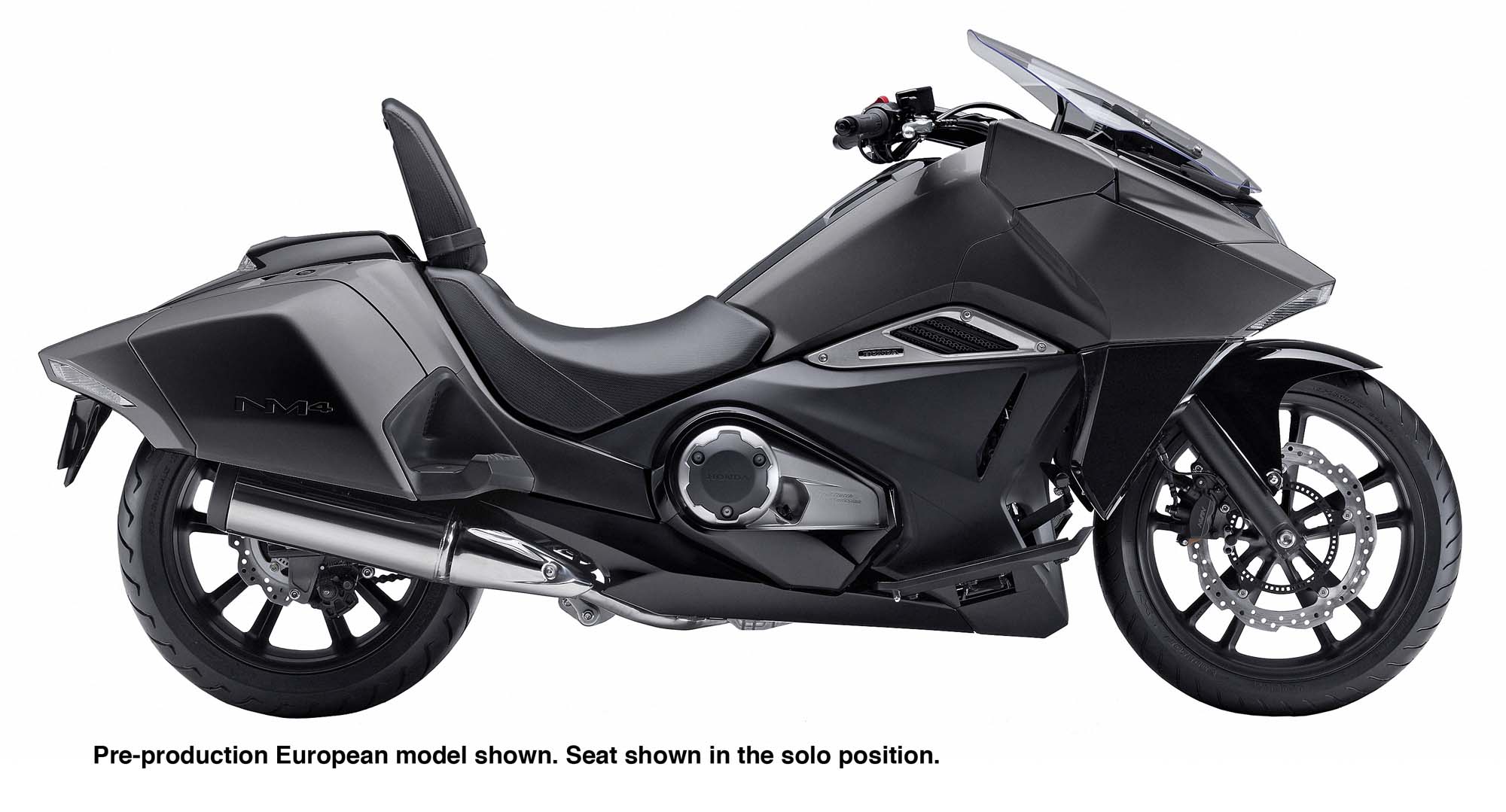 |
Honda | NM4 | $ 12,499 | 745 |
 |
Honda | VT750CA Aero | $ 8,999 | 745 |
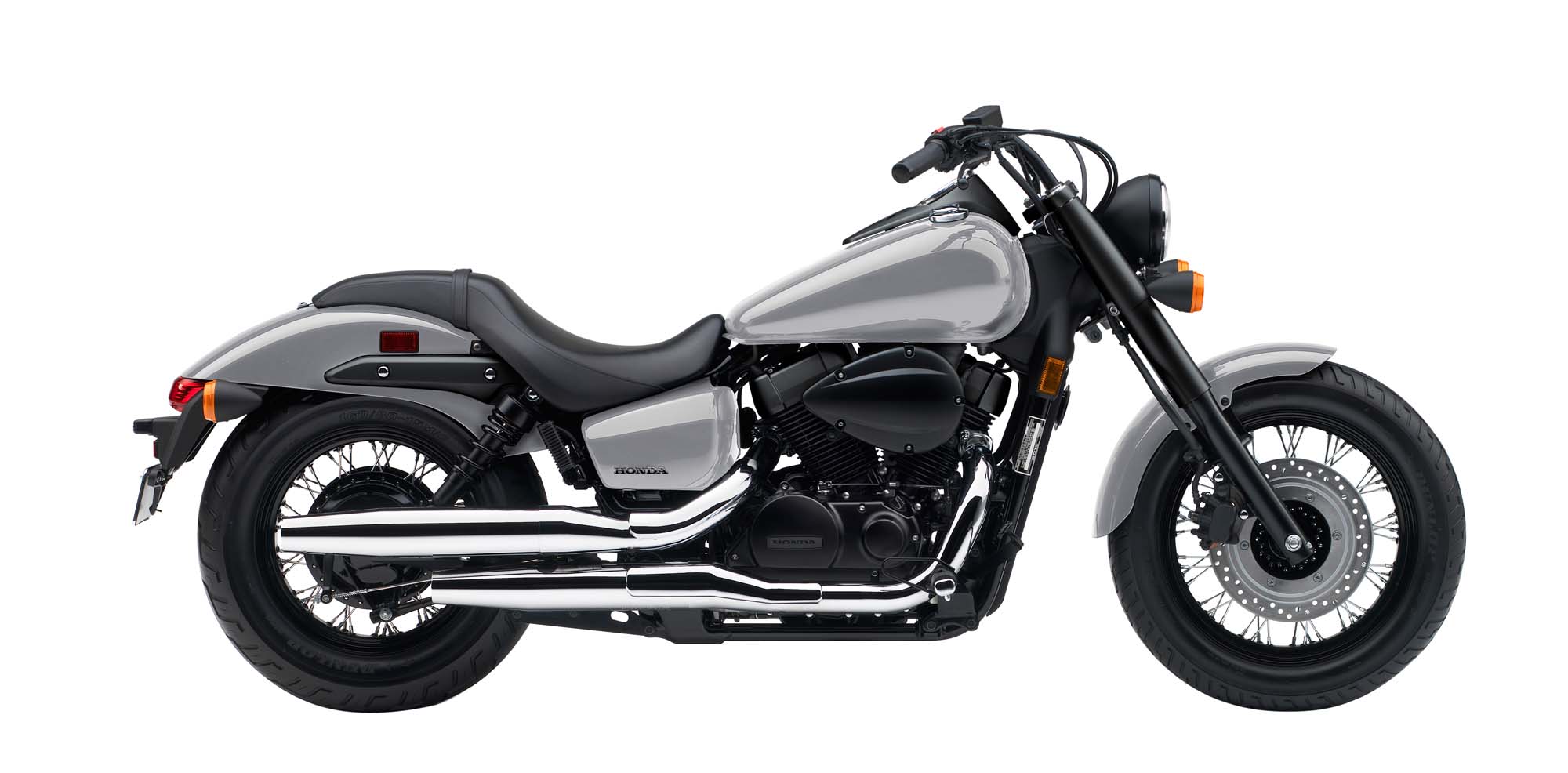 |
Honda | VT750C Phantom | $ 8,999 | 745 |
 |
Kawasaki | Vulcan 900 Classic LT | $ 10,699 | 903 |
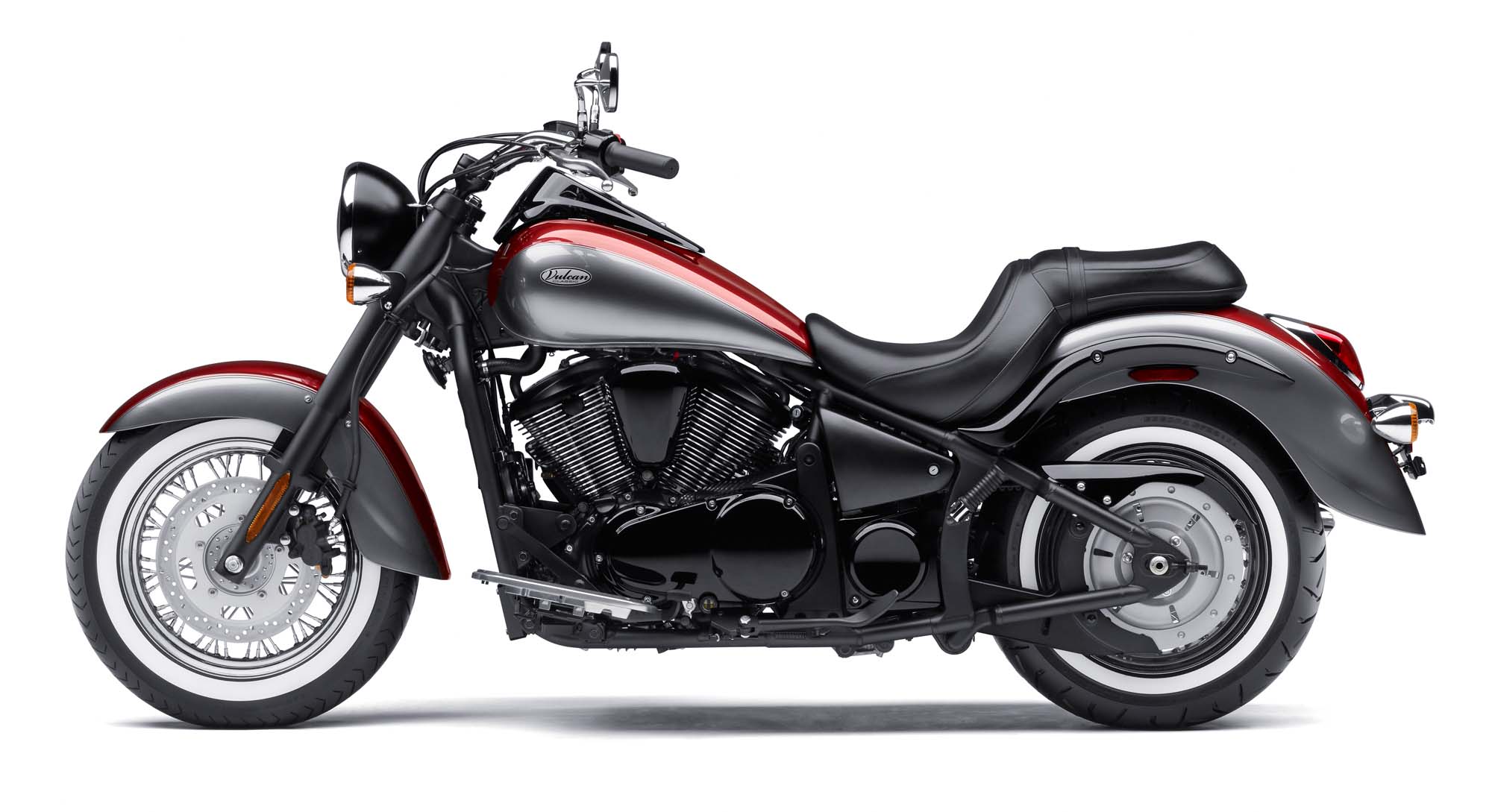 |
Kawasaki | Vulcan 900 Classic SE | $ 9,299 | 903 |
 |
Kawasaki | Vulcan 900 Custom SE | $ 9,599 | 903 |
 |
Suzuki | Boulevard C50 | $ 8,999 | 805 |
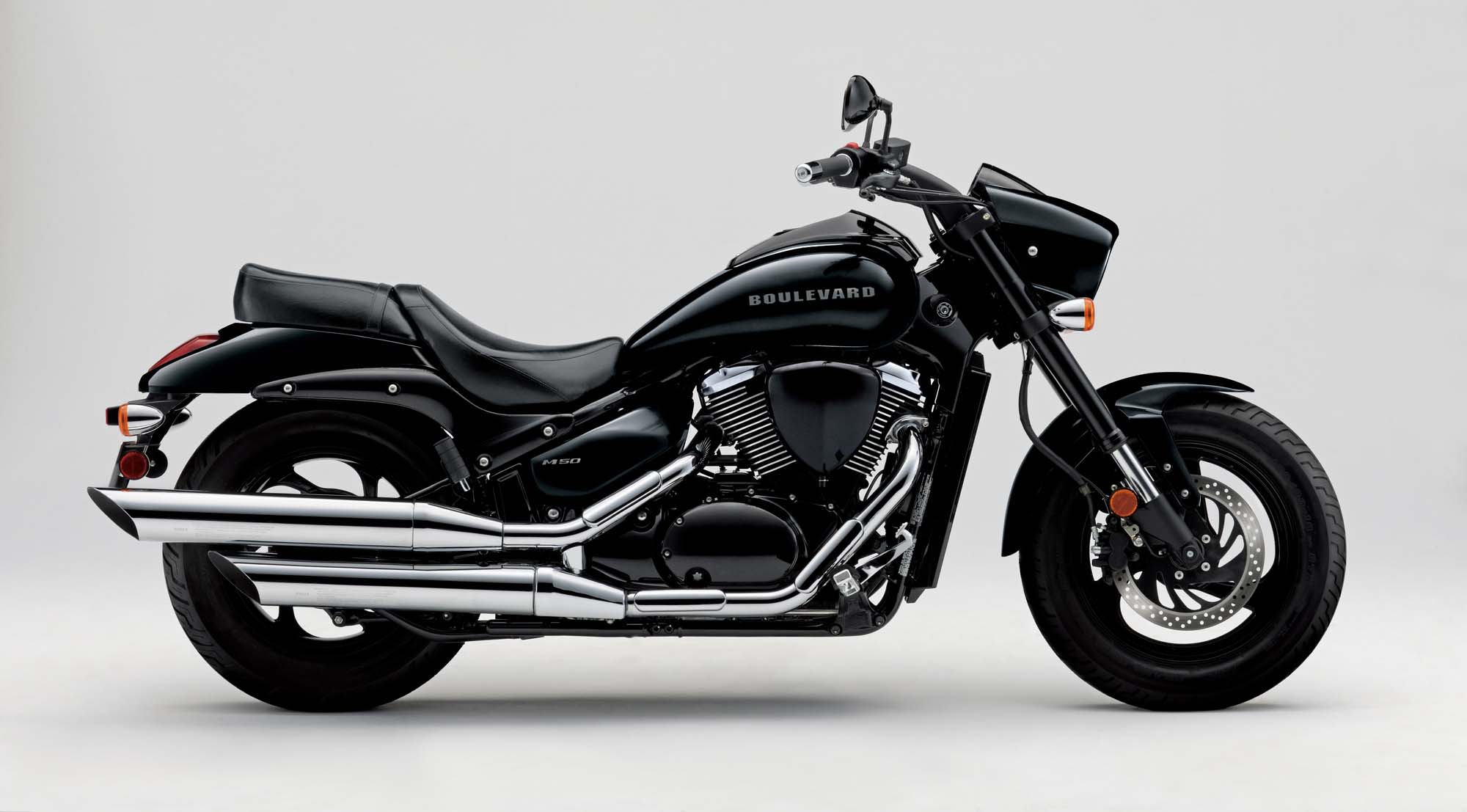 |
Suzuki | Boulevard M50 | $ 8,999 | 805 |
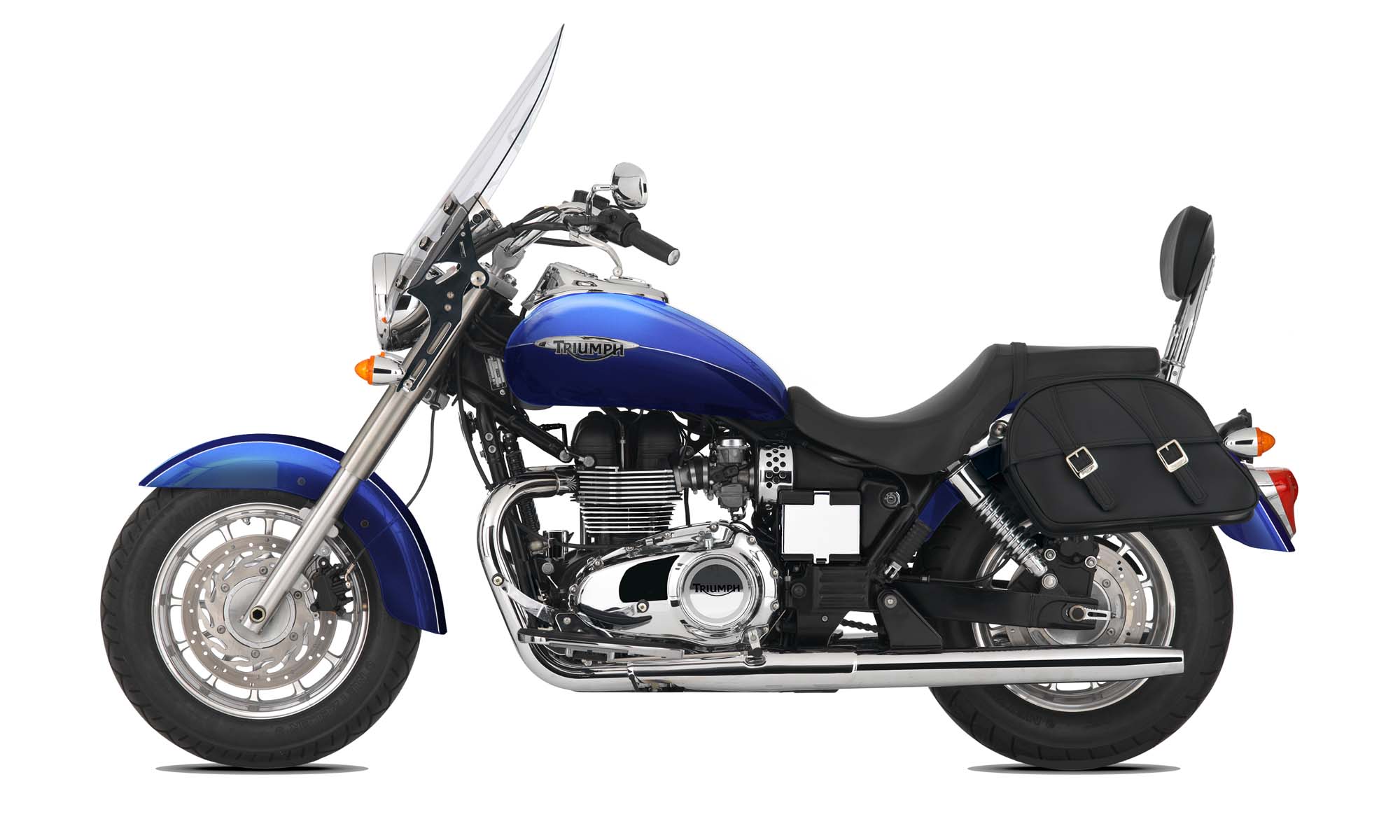 |
Triumph | America LT | $ 10,900 | 865 |
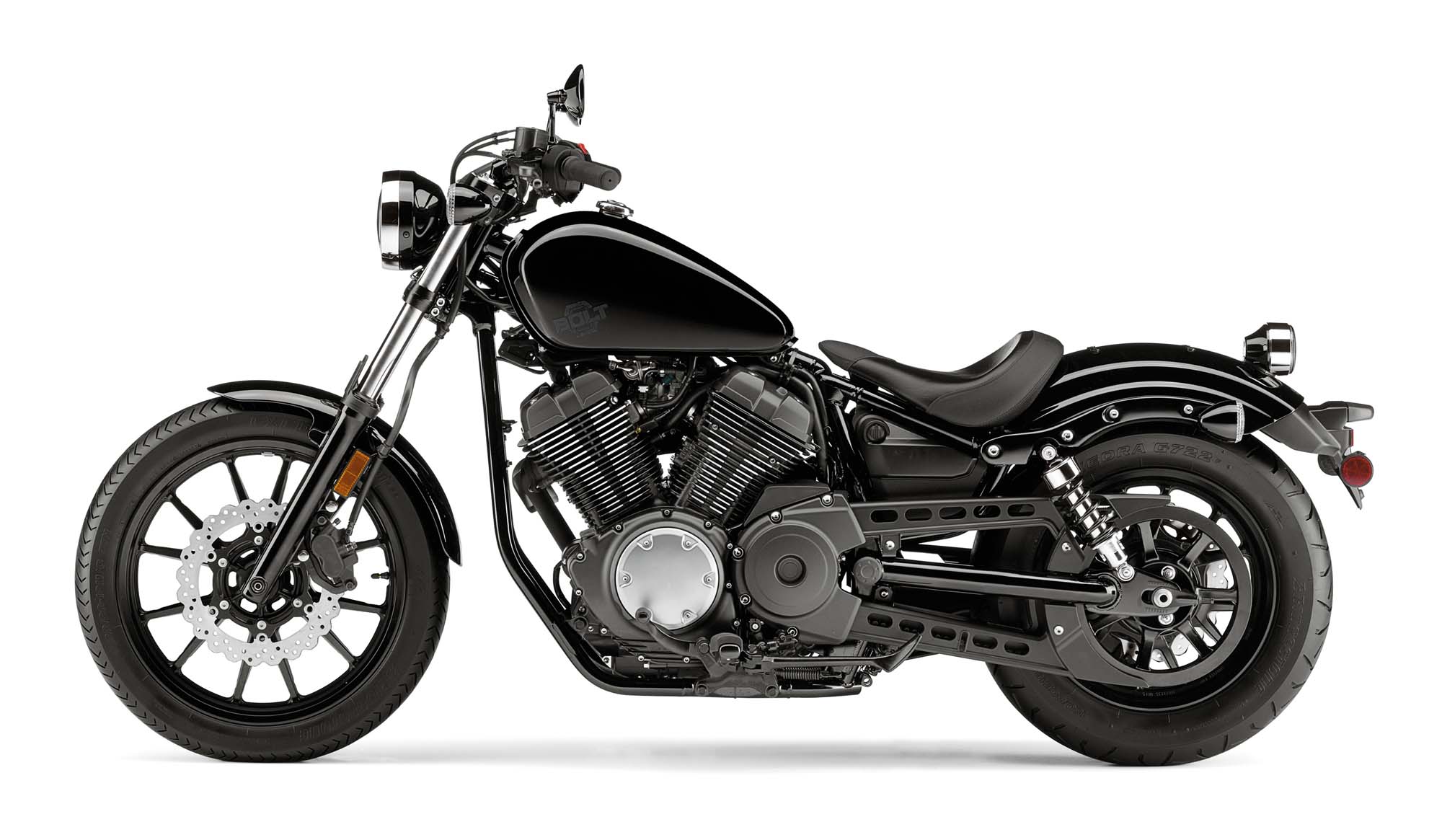 |
Yamaha | Bolt | $ 8,999 | 942 |
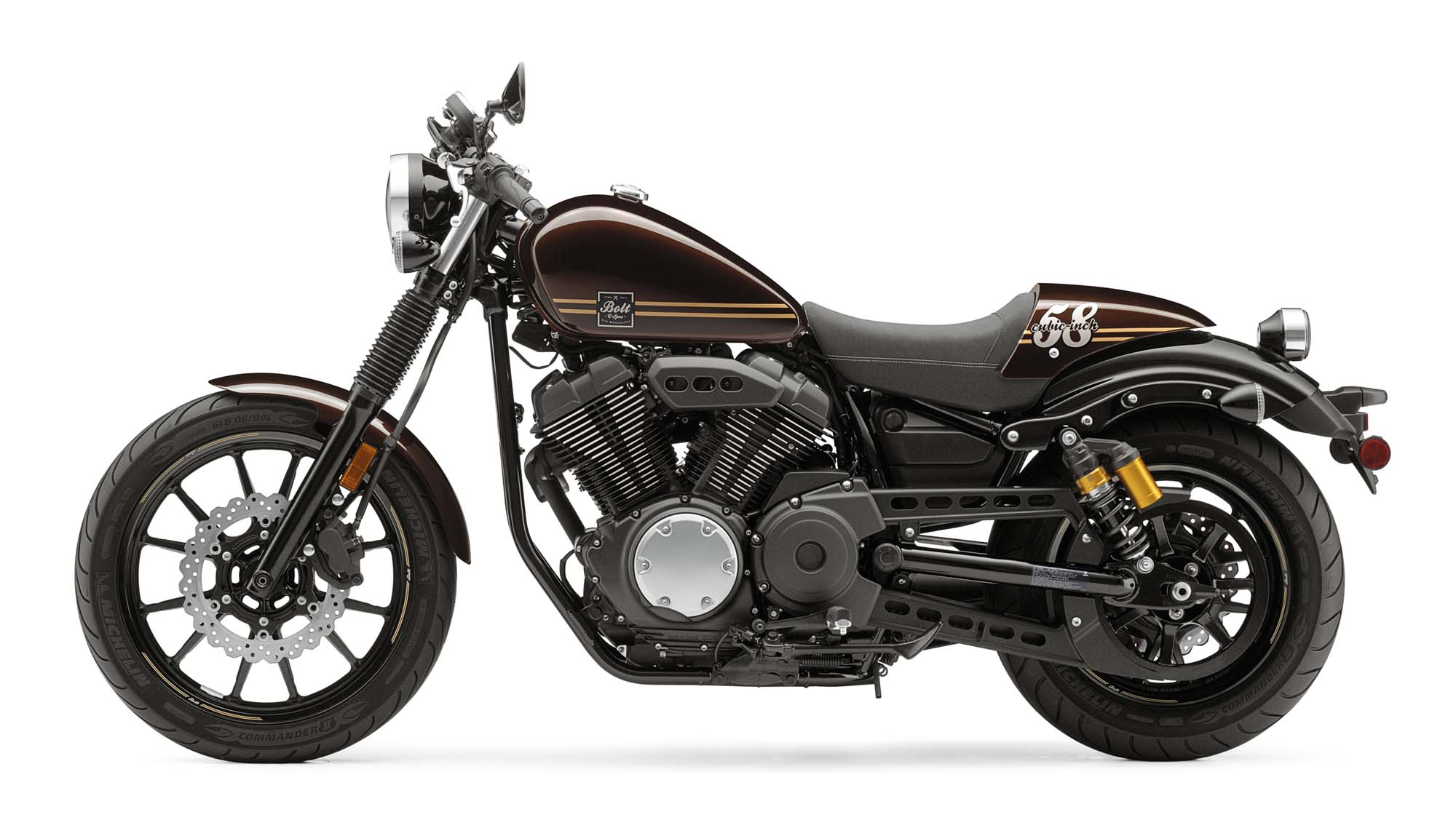 |
Yamaha | Bolt C-Spec | $ 9,699 | 942 |
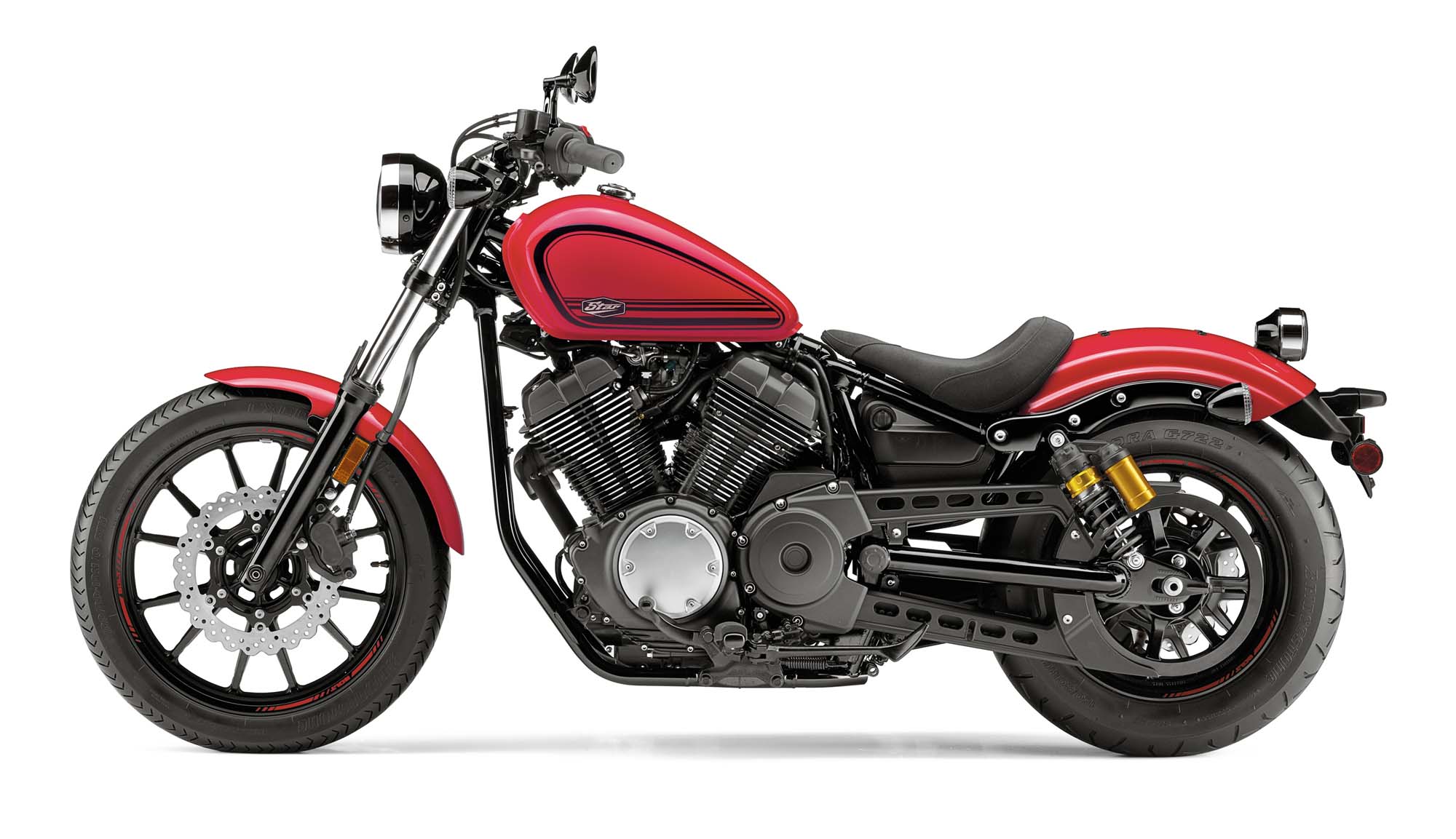 |
Yamaha | Bolt R-Spec | $ 9,299 | 942 |
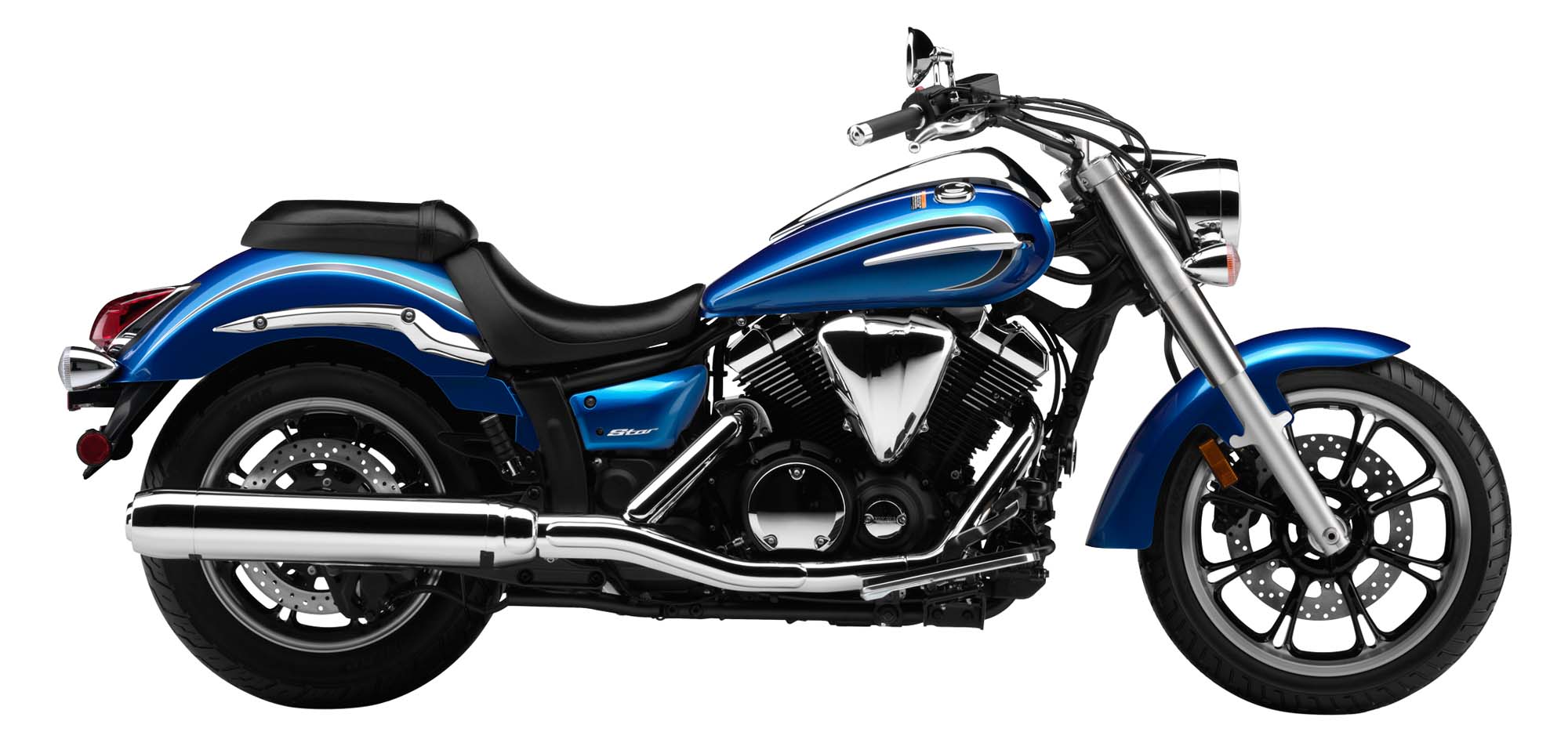 |
Yamaha | V-Star 950 | $ 9,899 | 942 |
 |
Yamaha | V-Star 950 Tourer | $ 10,999 | 942 |
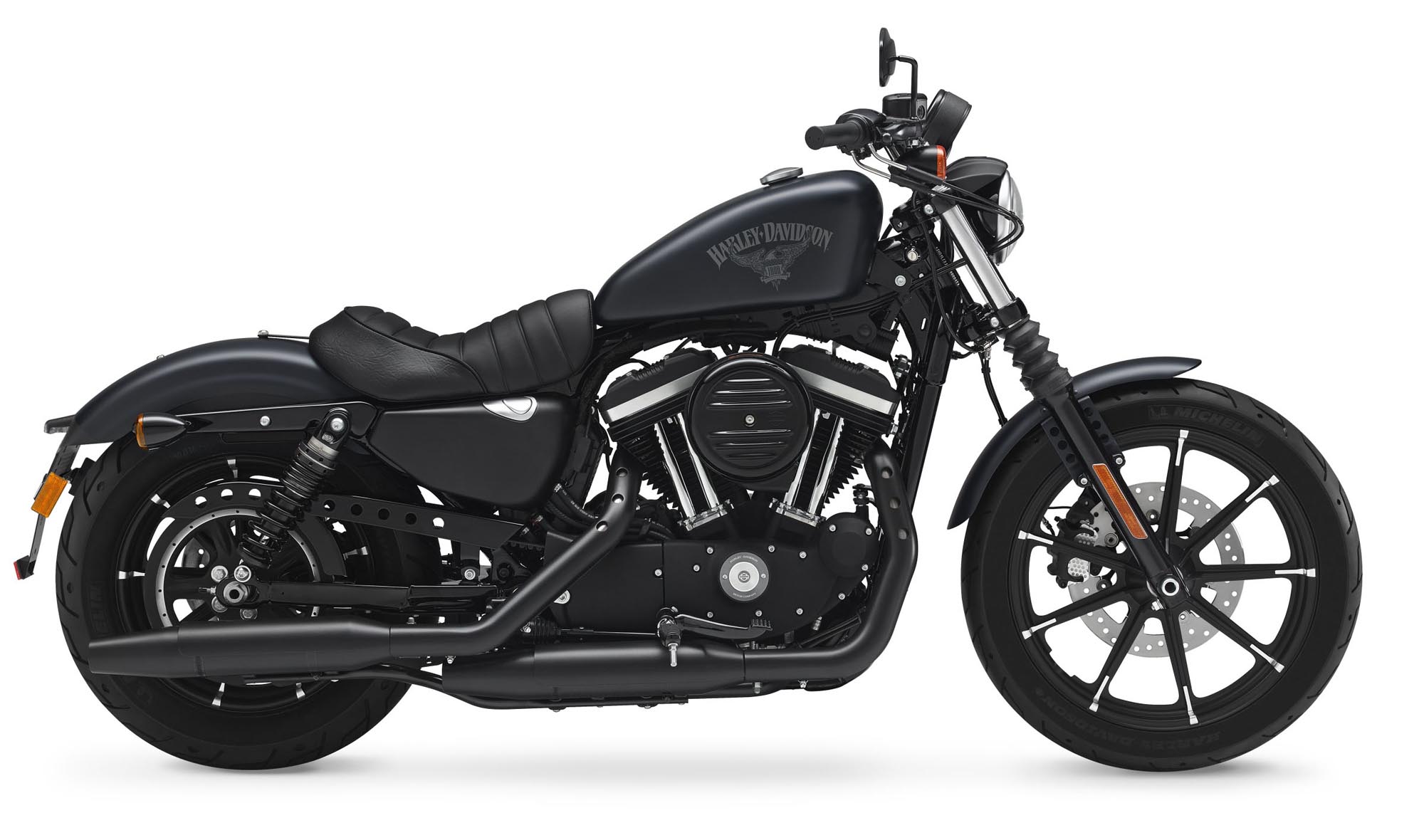 |
Harley Davidson | Iron 883 | $ 10,369 | 883 |
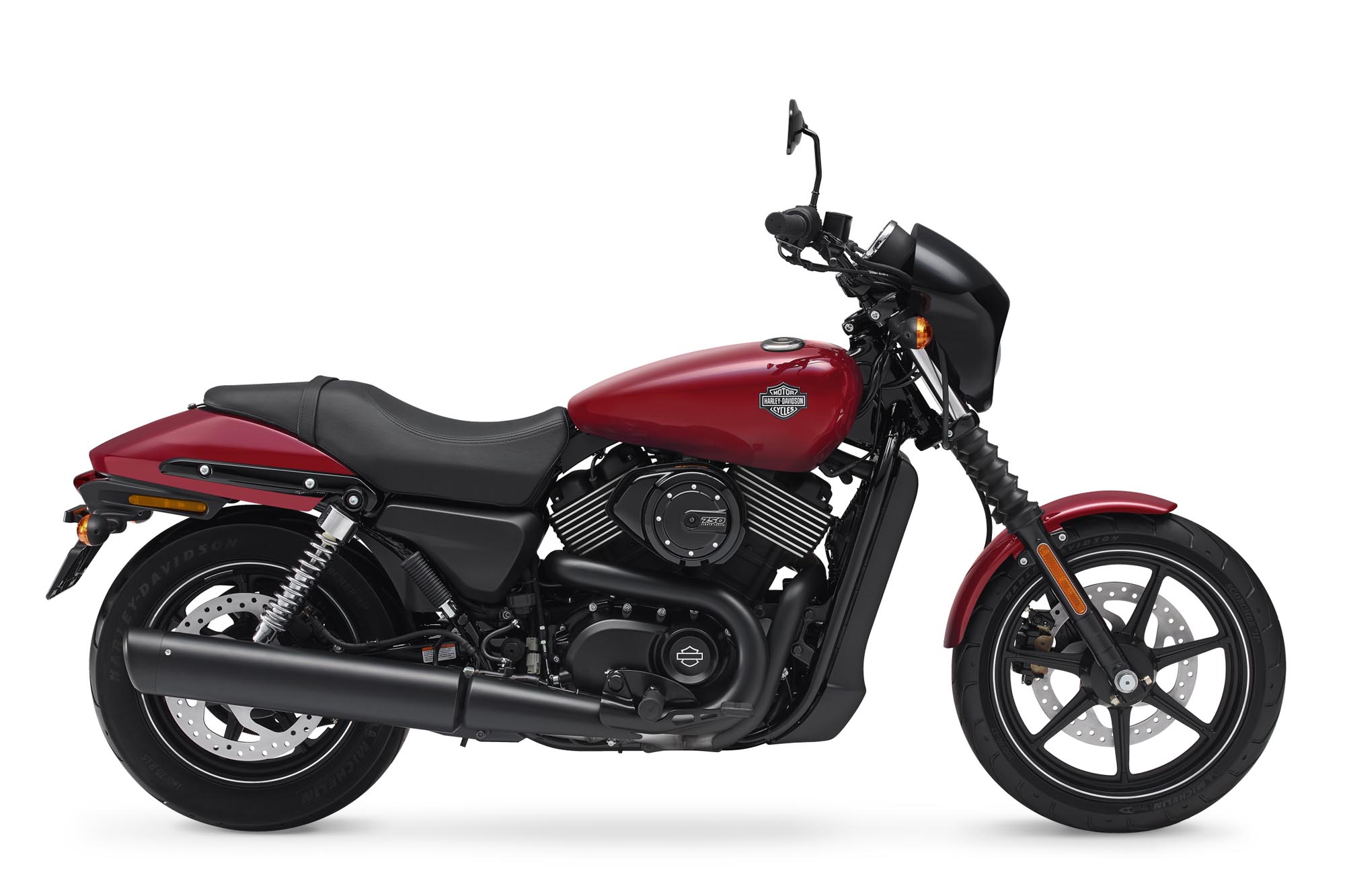 |
Harley Davidson | Street 750 | $ 8,999 | 749 |
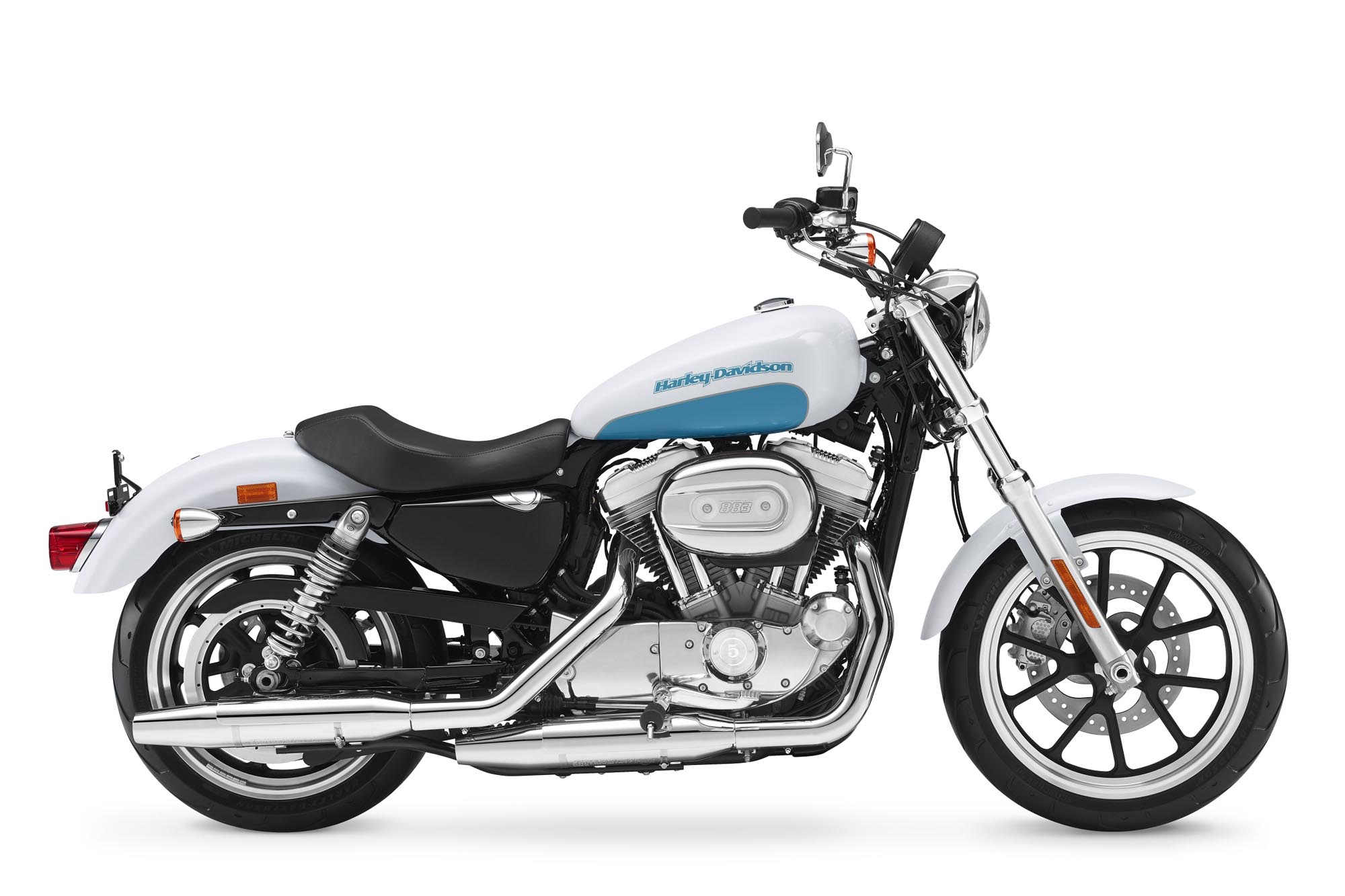 |
Harley Davidson | Superlow | $ 10,189 | 883 |
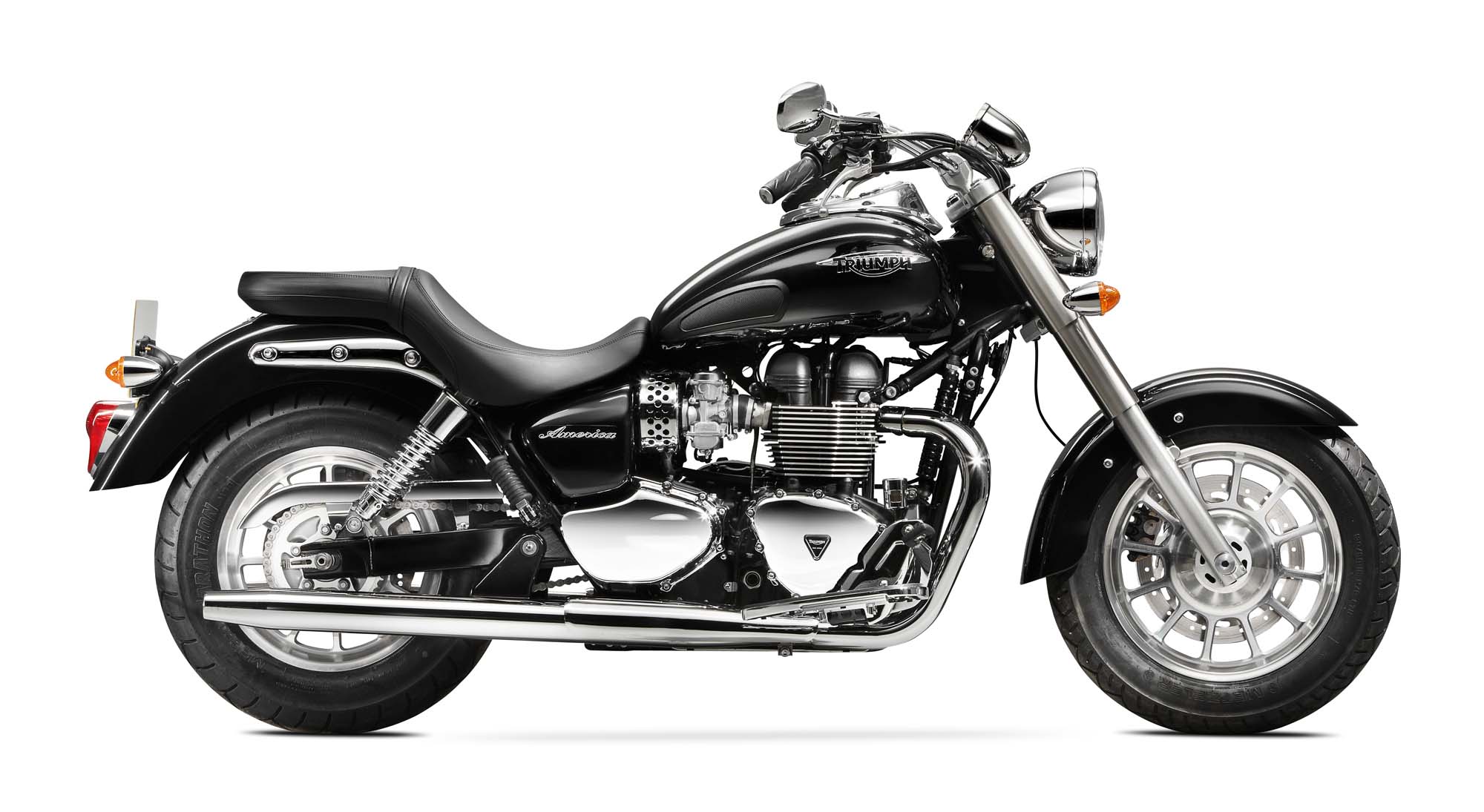 |
Triumph | America | $ 9,400 | 865 |
 |
Triumph | Speedmaster | $ 9,400 | 865 |
 |
Kawasaki | Vulcan 900 Classic | $ 9,399 | 903 |
 |
Kawasaki | Vulcan 900 Classic LT | $ 11,599 | 903 |
 |
Harley Davidson | Street 750 | $ 8,999 | 749 |
 |
Harley Davidson | Superlow | $ 10,399 | 883 |
 |
Harley Davidson | Iron 883 | $ 10,799 | 883 |
 |
Yamaha | Bolt | $ 8,999 | 942 |
 |
Yamaha | Bolt R-Spec | $ 9,399 | 942 |
 |
Yamaha | V-Star 950 Tourer | $ 10,999 | 942 |
 |
Honda | Shadow Phantom | $ 9,099 | 745 |
 |
Harley Davidson | Iron 883 | $ 10,899 | 883 |
 |
Harley Davidson | Superlow | $ 10,999 | 883 |
 |
Kawasaki | Vulcan 900 Classic | $ 9,799 | 903 |
 |
Kawasaki | Vulcan 900 Classic LT | $ 11,199 | 903 |
 |
Kawasaki | Vulcan 900 Custom SE | $ 9,999 | 903 |
 |
Yamaha | Bolt R-Spec | $ 9,499 | 942 |
 |
Yamaha | Bolt | $ 8,999 | 942 |
 |
Suzuki | Boulevard C50T | $ 10,499 | 805 |
 |
Suzuki | Boulevard C50 | $ 8,999 | 805 |
 |
Suzuki | Boulevard M50 | $ 8,999 | 805 |
 |
Honda | CTX700T | $ 9,199 | 670 |
 |
Harley Davidson | Street 750 | $ 8,999 | 749 |
 |
Harley Davidson | Street 750 | $ 8,499 | 749 |
 |
Harley Davidson | Superlow | $ 10,999 | 883 |
 |
Harley Davidson | Iron 883 | $ 11,499 | 883 |
 |
Kawasaki | Vulcan 900 Classic | $ 9,799 | 903 |
 |
Kawasaki | Vulcan 900 Classic LT | $ 11,199 | 903 |
 |
Suzuki | Boulevard C50T | $ 10,499 | 805 |
 |
Suzuki | Boulevard C50 | $ 8,999 | 805 |
 |
Suzuki | Boulevard M50 | $ 8,999 | 805 |
 |
Yamaha | Bolt R-Spec | $ 9,499 | 942 |
 |
Yamaha | Bolt | $ 8,999 | 942 |




































[…] four. According the BMW it’s the fourth model based around the 999 cc engine, following the S1000RR, the high-performance HP4 version (counted as a separate model by its maker), and the naked […]
Looks like the bike to have BMW s awesome engine
[…] both up and down the gearbox. These RRs – as well as the 2015 BMW S1000RR – tested here last week, are the only bikes available with this feature as standard equipment. The RRs also […]
Looking at the ‘face’ of the bike, and the off-side
headlamps, puts me in mind of the Malcolm
McDowell role “Alex” in “A Clockwork Orange”.
Or, in honour of tonights “Simpson’s” episode,
“A Clockwork Yellow”. Either way, this seems
like a wonderful hooligan bike. A la Alex.
Enjoy:
https://www.youtube.com/watch?v=5X-yqPhItr8